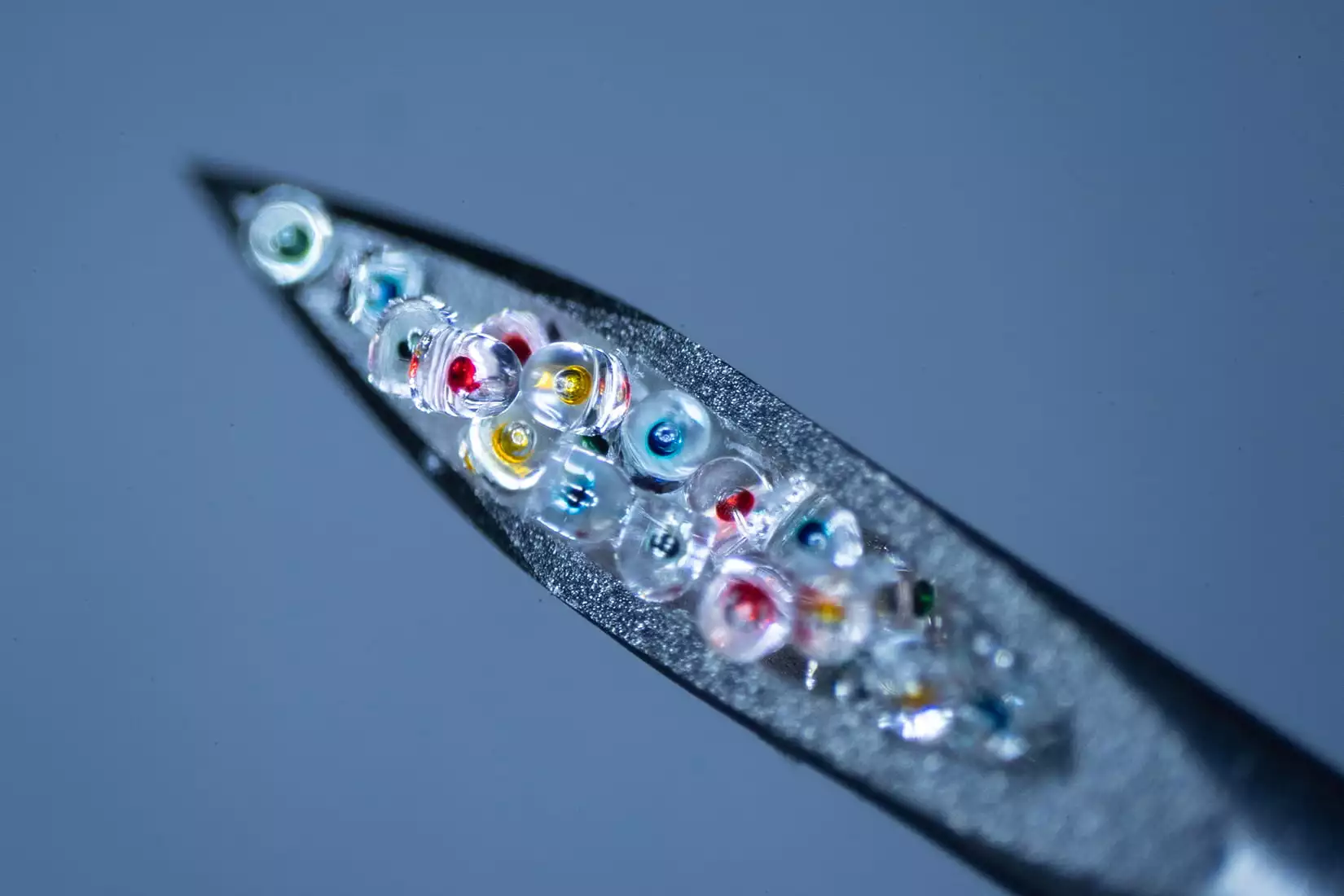Taking prescription medications in the right dose at the right time can directly impact a patient’s health. Conversely, missing medications or not taking them as required can have costly results. Bioengineers at Rice University may have the solution to missed medications, using advanced technology to create a system that delivers time-released drugs.
Medication adherence rates of 80% or greater are required for drugs to provide an optimal therapeutic effect. However, it's estimated that adherence to long-term medications sits at around 50%.
The costs associated with people failing to take prescription medications, or taking them incorrectly, are high, and they’re not just financial. Annually n the US alone, medication non-adherence has been estimated to result in more than 100,000 deaths, up to 25% of hospitalizations, and between US$100 and $300 billion in healthcare costs.
But researchers at Rice University may have made missed meds a thing of the past, building on existing microparticle technology to develop a system that can deliver time-released drugs.
The use of microparticles to dissolve and release drugs is not new. But the researchers at Rice used high-resolution 3D printing and soft lithography to produce arrays of more than 300 nontoxic, biodegradable cylinders small enough to be injected into the body using a standard hypodermic needle. The researchers call the technology Particles Uniformly Liquified and Sealed to Encapsulate Drugs, or PULSED.
They developed different methods of loading drugs into the microcylinders, which are made from PLGA, a biodegradable, biocompatible polymer that’s already being used in FDA-approved therapeutic devices. By altering the makeup of PLGA, the researchers could change how quickly the drug was released, from 10 days to almost five weeks.
What the researchers were trying to avoid was “first-order release,” the uneven dosing frequently seen with current methods of drug encapsulation.
“The common pattern is for a lot of the drug to be released early, on day one,” said Kevin McHugh, a co-author of the study. “And then on day 10, you might get 10 times less than you got on day one … Most of the time it’s really problematic, either because the day-one dose brings you close to toxicity or because getting 10 times less – or even four or five times less – at later time points isn’t enough to be effective.”
PULSED can be tailored to avoid the issue of first-order release, providing a constant delivery of drugs.
“With this, you’d give them [the patient] one shot, and they’d be all set for the next couple of months,” McHugh said.
Importantly, the study showed that particles with diameters ranging from 100 to 400 microns could be made and loaded into PULSED microcylinders. Because of their size, they stay put until they dissolve, which is useful for focusing drug treatment in a particular area.
“For toxic cancer chemotherapies, you’d love to have the poison concentrated in the tumor and not in the rest of the body,” McHugh said. “Our microparticles will stay where you put them. The idea is to make chemotherapy more effective and reduce its side effects by delivering a prolonged, concentrated dose of the drugs exactly where they’re needed.”
But discovering the contactless seal crucial to PULSED happened almost by accident. With existing PLGA encapsulation methods, sealing large numbers of particles had proven difficult, such that the cost of production was deemed impractical.
Exploring alternative sealing methods, the researchers questioned whether the usual technique of dipping the microparticles in melted polymers to seal them was necessary. Instead, they suspended the PLGA microparticles above a hot plate, which caused the top of the particles to melt and self-seal while the bottom remained intact. The new method produced a consistent, robust seal.
Previous studies have shown that PLGA capsules can deliver a drug for as long as six months after injection. The researchers are hopeful that, with further testing, PULSED will be able to achieve the same result.
In the below video, the Rice University team explains why PULSED was developed, how it works, and how it could be used in the clinical setting.
The study was published in the journal Advanced Materials.
Source: Rice University





